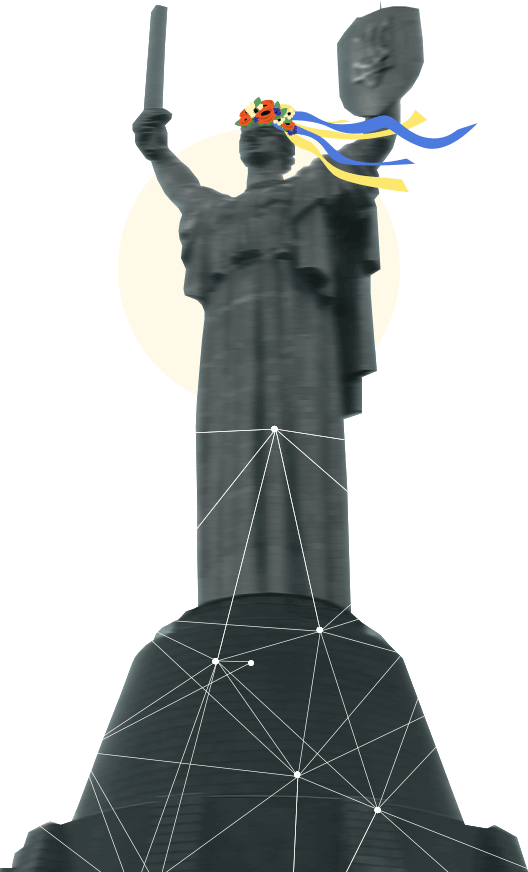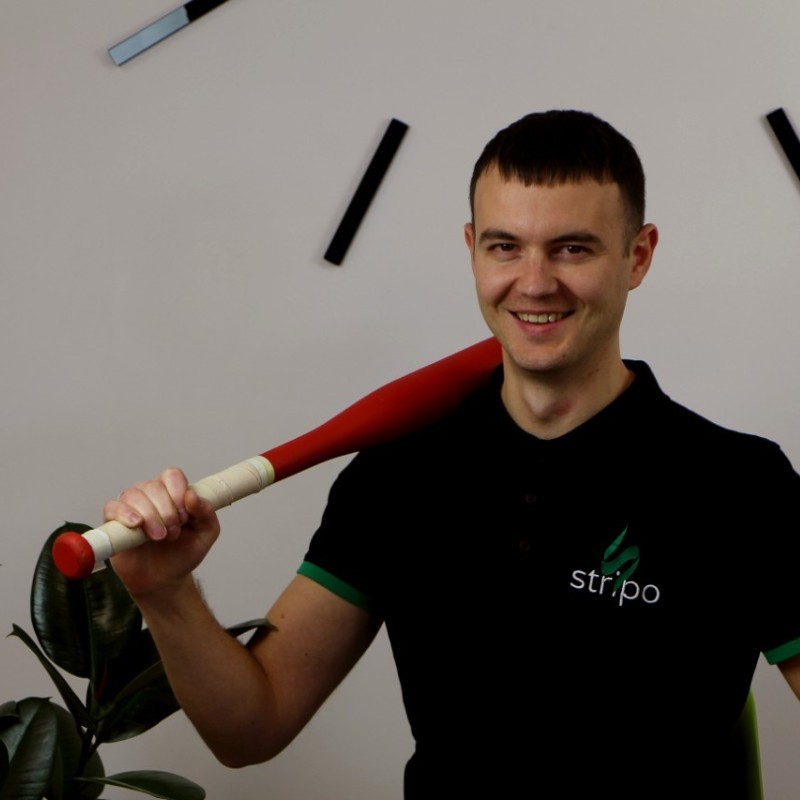





Extrimely systematical approach to processes

Why choose ardas
Transparency
Every hour of work is used efficiently.
Every movement and every hour paid for makes sense
Estimation Accuracy
The same team that is assessing your project will work on the project that our estimates hit with 90% accuracy
Experts in Processes
We’ve been honing the processes we apply throughout our SDLC for 20 years based on experience on projects big and small
IoT Expertise
We’ve developed own SaaS and more than 70 clients’ SaaS products, so we know exactly how to make your startup a unicorn
Budget in Control
No unplanned expenditure. We report on the time spent and plan the development of all subsequent stages
Fast Scaling
We eliminate everything that doesn’t add value to a product and cut the delivery cycle to win time for improvements
Team Engagement Models for SaaS
Clients Say About Us
Why working with us is safe?
We worked hard to create a safe and confident IoT development and support processes
Work for hire
IP for all software is 100% yours
ISO 9001 certified
Well-polished management and processes
ISO 27001 certified
The highest attention to security
NDA and DPA agreement
We take responsibility for nondisclosure of important business matters and privacy of your customers' data
Fully insured business
Even if something goes wrong from our side, you do not risk your money. Our company is insured to protect your invested money into project
Build Secure, Scalable IoT Systems with Expert Support
Share your requirements and get matched with a team that understands connectivity, device management, and data pipelines.







